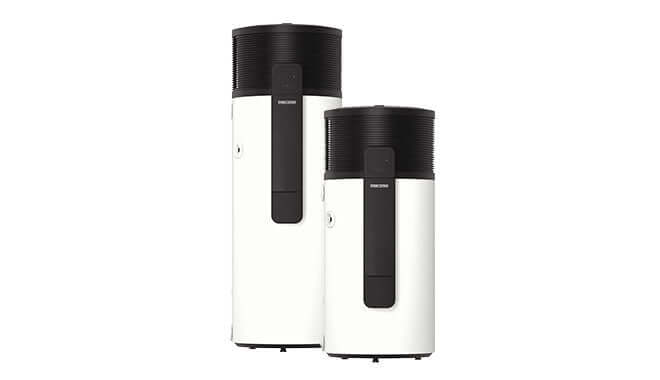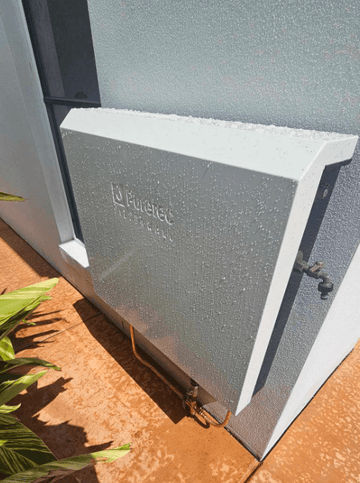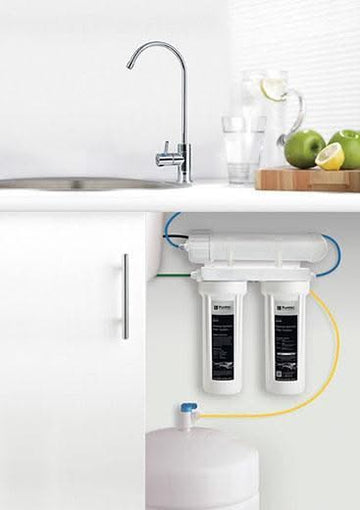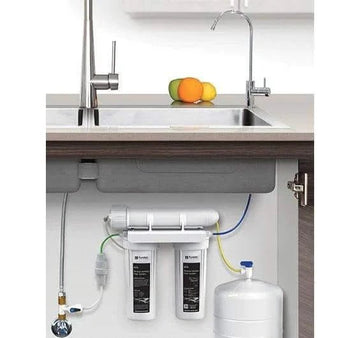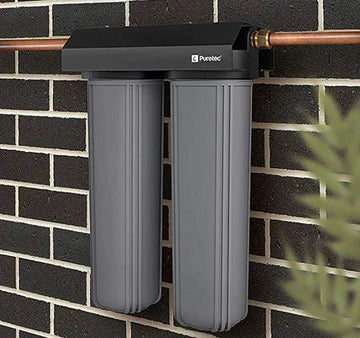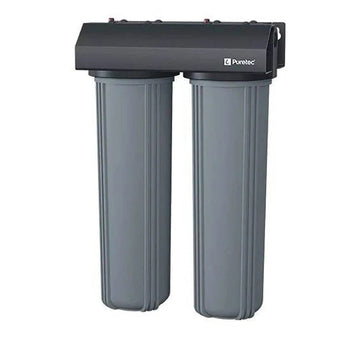Blocked Drains? DIY Cleaning Hacks & When to Call a Plumber
Whether it’s your kitchen sink, bathroom drain, or shower, blocked drains are a common nuisance — but they're also preventable. With a few simple habits and some expert tips, you can keep your plumbing flowing freely and avoid expensive repairs.
Need urgent help? JR Gas & Water offers drain clearing and emergency plumbing services across Brisbane and surrounds.
Why Clean Drains Matter
Regular drain maintenance helps:
✔ Eliminate odors
✔ Prevent bacterial growth
✔ Extend the life of your plumbing
✔ Keep water draining efficiently
Just like your hot water system, your drains need love too. Preventative care is cheaper (and easier) than major plumbing work.
Top DIY Methods to Keep Drains Clear
1. 🔥 Hot Water Flush
How It Works: Pour boiling water down the drain to loosen grease, soap, and gunk.
Best For: Kitchen and bathroom drains
Frequency: Weekly
Pro Tip: Use hot, not boiling, water if you have PVC pipes.
2. ♻ Baking Soda + Vinegar Reaction
How It Works: Natural fizzing breaks down grime and deodorizes.
Steps:
-
Pour ½ cup baking soda down the drain
-
Add 1 cup vinegar, then cover
-
Wait 15–20 minutes
-
Flush with boiling water
Frequency: Monthly
Bonus: Add lemon juice for freshness
3. 🛠 The Plunger Method
How It Works: Creates suction to dislodge clogs.
Best For: Kitchen sinks, bathroom basins
Steps:
-
Add water to create a seal
-
Plunge firmly 10–15 times
-
Check flow and repeat if needed
Pro Tip: Use the right plunger type — flat for sinks, flange for toilets.
4. 🐍 Drain Snake or Wire Hook
How It Works: Pulls out hair, soap, and debris.
Best For: Shower and bathroom drains
Steps:
-
Feed snake or hanger into drain
-
Twist and pull to hook clogs
-
Rinse with hot water
Frequency: Every 2–3 months
5. 🦠 Enzymatic Drain Cleaners
How It Works: Natural enzymes digest organic buildup.
Best For: Kitchen drains and septic systems
How To:
-
Pour into drain and leave overnight
-
Flush with warm water in the morning
Pro Tip: Avoid harsh chemical cleaners—they corrode pipes over time.
Preventative Maintenance Tips
🚿 Bathroom Drains
✅ Install hair catchers
✅ Clear weekly
✅ Use baking soda + vinegar monthly
🍳 Kitchen Sink
✅ Never pour grease or coffee grounds down the drain
✅ Wipe pans before rinsing
✅ Flush with hot water and dish soap weekly
💨 Garbage Disposal
✅ Drop in ice cubes + rock salt to sharpen blades
✅ Grind citrus peels for a fresh scent
✅ Never put bones or fibrous scraps in
When to Call a Plumber
If you’re still dealing with:
-
Slow drainage
-
Gurgling sounds
-
Bad smells
-
Water backing up
…it’s time for a professional clean. JR Gas & Water can assist with:
✔ High-pressure jet cleaning
✔ CCTV camera inspections
✔ Pipe and drain repairs
Need help today? Browse our most trusted hot water systems or Puretec water filters to prevent future buildup from the source.
Final Thoughts: Clean Drains, Clean Home
With consistent care and a few DIY tricks, you can:
✅ Keep drains clear
✅ Reduce odors
✅ Avoid costly repairs
✅ Maintain a healthier home
Best Routine:
-
Weekly: Hot water flush
-
Monthly: Vinegar + baking soda
-
Quarterly: Drain snake
-
Yearly: Professional inspection
✨ Don’t wait for a blockage. Keep your drains clear — or let JR Gas & Water handle it for you! Book a trusted plumber in Brisbane today.


